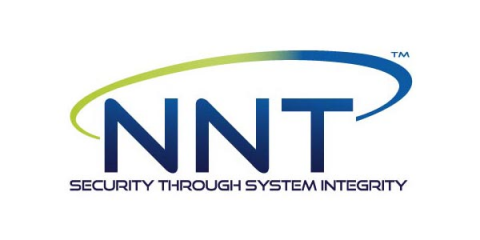Port of San Diego Suffers Ransomware Attack
The Port of San Diego issued a statement on Wednesday claiming to have experienced a “serious” cyber-attack. In the follow-up statement released yesterday, the port claimed that IT systems belonging to the Port of San Diego were infected with a piece of ransomware. Some of the ports systems were compromised as a result of the attack and others were shut down as a precautionary measure.








